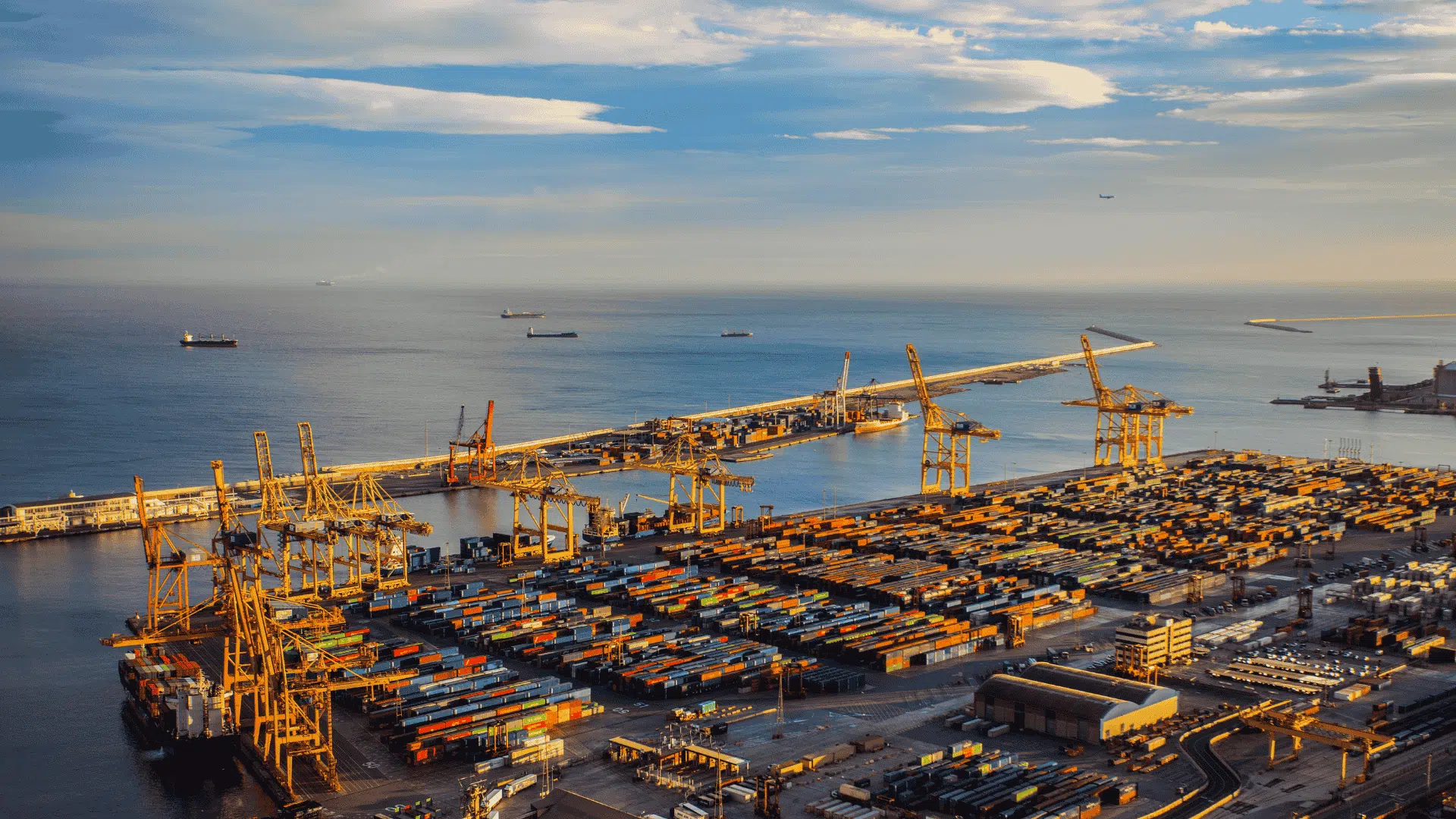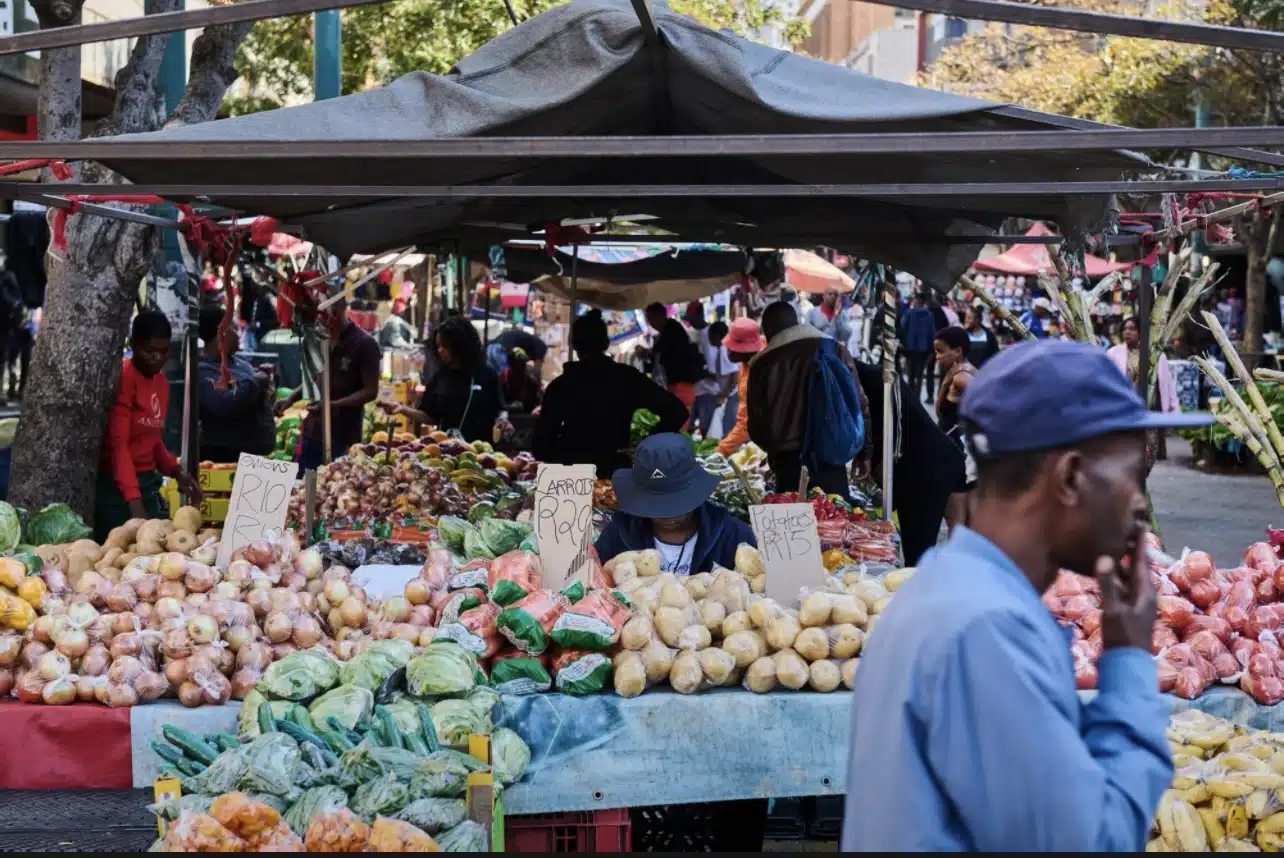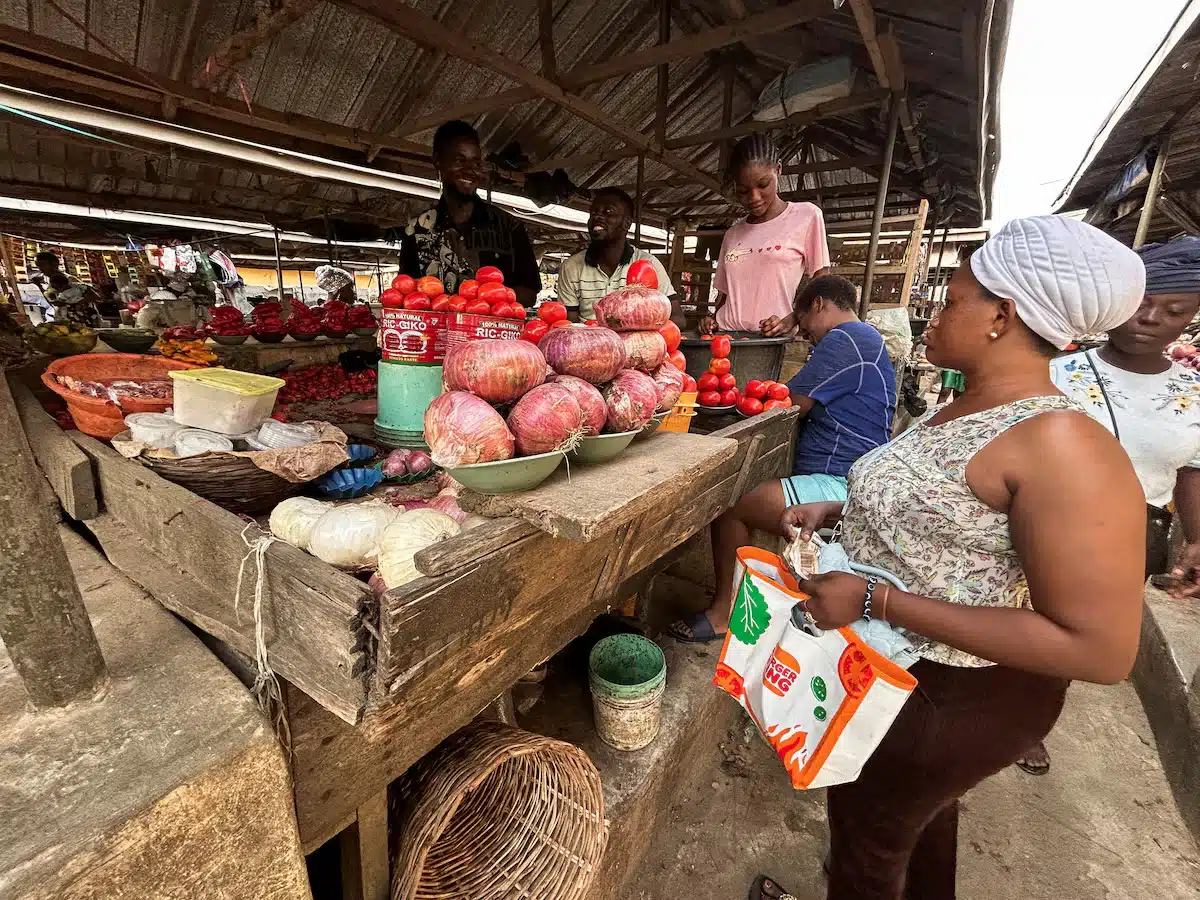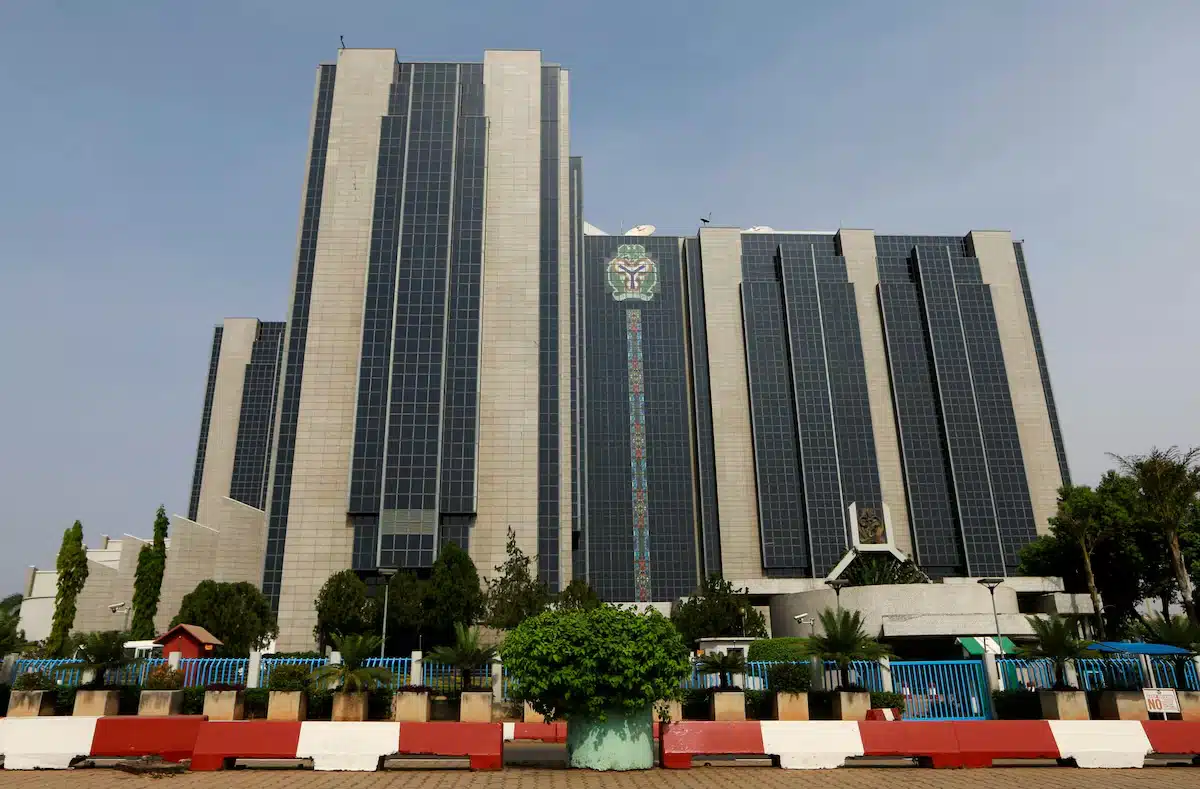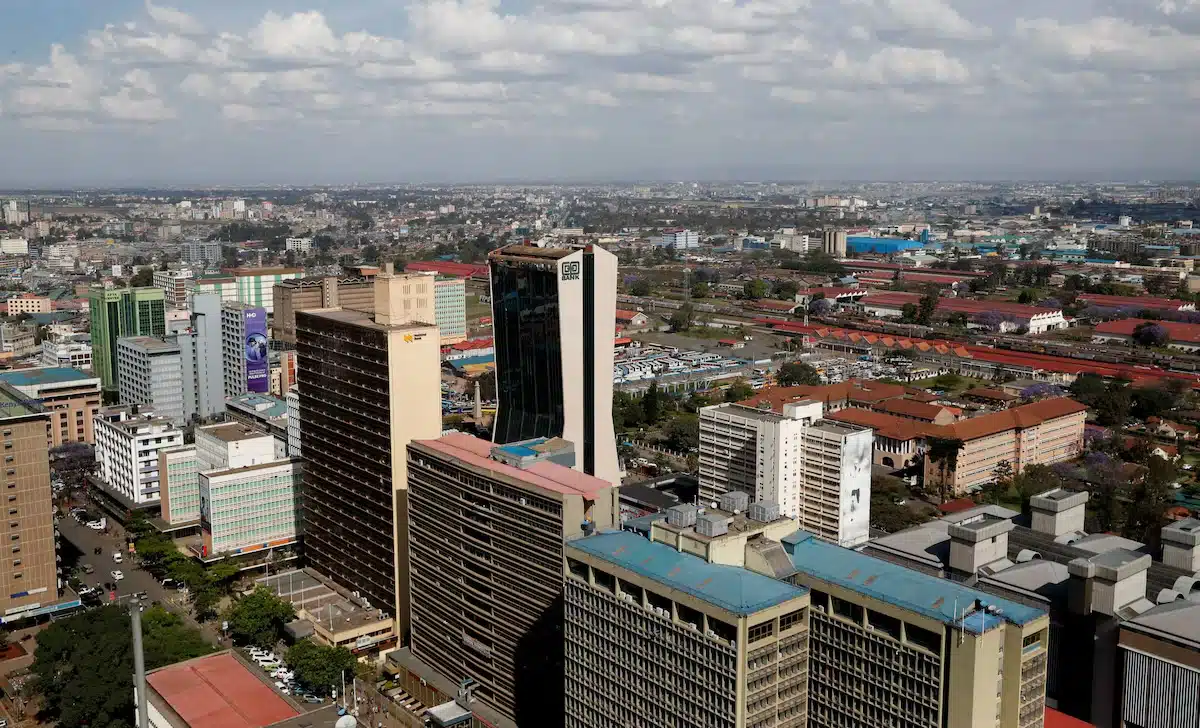United States President Donald Trump has made good on his long-promised “reciprocal tariffs,” shaking up global trade with sweeping levies that have left several nations reeling.
Speaking from the White House Rose Garden, on Wednesday Trump signed executive orders imposing a 10% tariff on all countries and steeper, individualised tariffs on nations with significant trade surpluses against the US.
The move, which takes effect on April 9, has already sparked outrage and threats of retaliation from some of America’s biggest trade partners.
Trump justified the measures as a response to what he calls decades of unfair trade, stating that foreign countries have exploited the US economy.
His administration calculated the new tariffs using a formula that divides a country’s trade surplus with the US by its total exports, then halves that number to produce a “discounted” rate.
The result is a tariff structure that hits some of the world’s smallest economies the hardest.
Here are 10 African countries hit hardest by the new tariffs.
Lesotho
- New reciprocal tariff: 50%
- Tariff charged to the US: 99% (alleged)
Lesotho has been hit with the highest reciprocal tariff under Trump’s new trade regime, set at 50%. Despite its size, this small, landlocked country faces a significant trade imbalance with the US, exporting $264 million more than it imports.
This mostly consists of textiles and diamonds, critical sectors for its economy. Over 70% of Lesotho’s exports currently benefit from duty-free access to the US through the African Growth and Opportunity Act (AGOA), a lifeline that is now at risk.
With limited alternatives and high dependence on external markets, the steep tariff threatens to severely disrupt Lesotho’s economy, potentially resulting in job losses and economic instability. This unexpected blow comes as Lesotho’s relationship with the US faces heightened diplomatic tensions.
Madagascar
- New reciprocal tariff: 47%
- Tariff charged to the US: 93% (alleged)
Madagascar’s fragile economy, already vulnerable due to political instability and widespread poverty, is now hit with a 47% reciprocal tariff under Trump’s trade regime. The island nation has seen a significant portion of its exports flow into the US, accounting for nearly 15% of total exports in 2024.
Key products include vanilla, apparel, and minerals like cobalt and titanium. With inflation at high levels and over 75% of its 28 million people living in poverty, the sharp tariff hike threatens to aggravate these socio-economic challenges.
A major drop in US-bound exports could deepen Madagascar’s economic hardship, erode foreign reserves, and worsen inequality, leaving the country ill-prepared for the looming financial strain.
Mauritius
- New reciprocal Tariff: 40%
- Tariff charged to the US: 80% (alleged)
Mauritius, another country benefitting from the AGOA, is also affected by the new 40% reciprocal tariff imposed by the US.
With key exports such as textiles and seafood forming a major part of its $234.5 million trade with the US, the new tariff poses a significant threat to the competitiveness of Mauritian goods in the American market.
Despite Mauritius’s strong economic ties to the US, underpinned by the US-Mauritius Trade and Investment Framework Agreement (TIFA), this trade blow could reverse years of economic cooperation.
While the overall trade volume with the US remains modest, the tariff threatens to increase costs for local industries, potentially impacting jobs and slowing economic growth, especially as imports and exports have already been declining.
Botswana
- New reciprocal tariff: 37%
- Tariff charged to the US: 74% (alleged)
Botswana, despite its small volume of trade with the US, has been handed a 37% reciprocal tariff under Trump’s new trade policy. Although US-Botswana trade represents less than 4% of the country’s total, the new tariff could diminish the benefits Botswana previously enjoyed through the African Growth and Opportunity Act (AGOA), particularly in the diamond sector. In 2024, Botswana exported $405.1 million worth of goods to the US, with diamonds being the primary export.
Though this represents a small part of the economy, the new tariff, combined with existing challenges in US-Botswana relations, may create additional friction and further complicate Botswana’s efforts to secure new trade agreements, slowing down economic progress.
Angola
- New reciprocal tariff: 32%
- Tariff charged to the US: 63% (alleged)
Angola, Africa’s second-largest oil producer, now faces a 32% reciprocal tariff under the US’s new trade policy.
The country’s primary exports to the US are crude oil, diamonds, and natural gas, with the energy sector being the most critical for Angola’s economy.
While the US is not a dominant partner in Angola’s broader trade portfolio, which is heavily tilted toward China and France, the new tariff on hydrocarbons—accounting for over 90% of export revenues—will still introduce strain.
Angola has been working to diversify its economy beyond oil, but with trade disruptions likely from the tariff, the country’s ongoing efforts to attract new investments and strengthen economic stability could face delays. As one of the continent’s largest economies, Angola now faces increased pressure to adjust to a shifting global trade environment.
Libya
- New reciprocal tariff: 31%
- Tariff charged to the US: 61% (confirmed)
Libya has been handed a 31% reciprocal tariff by the US, but authorities in Tripoli say the impact will be negligible.
According to the Libyan Customs Authority, the country does not export manufactured goods to the US and already imposes a 61% tariff on US imports—leaving little room for disruption.
Most of Libya’s exports—largely oil—are shipped to Europe and Asia, while its limited imports from the US typically include machinery, medical devices and specialised technology. The customs agency noted that current trade volumes between both nations are too low for the new tariffs to have any significant economic effect.
Data from the US government shows that American exports to Libya stood at $567.2 million in 2024, while imports from Libya totalled $1.5 billion, mostly oil-related products. This left Libya with a $933 million trade surplus.
South Africa
- New Reciprocal Tariff: 30%
- Tariff Charged to the US: 60% (disputed)
South Africa has been labelled “one of the worst offenders,” by President Trump and slapped with a 30% reciprocal tariff, earning it a spot on this list.
Though data on the actual tariff imposed by South Africa shows discrepancies.
According to the National Trade Estimate Report, South Africa charges an average of 7.6% on US goods, far lower than the 60% claimed by Trump.
Despite this dispute, the tariff is set to strain South Africa’s second-largest trade relationship after China.
As Africa’s most industrialised economy, South Africa’s trade with the US includes vehicles, mineral resources, and machinery.
The new tariff adds to the pressure from a 25% tariff on vehicles, which could slow trade growth and diminish the preferential access that South Africa has enjoyed under AGOA.
Algeria
- New reciprocal tariff: 30%
- Tariff charged to the US: 59% (alleged)
Boxed into the same category as South Africa, Algeria, Africa’s largest country also faces a 30% reciprocal tariff under the new trade policy.
In 2023, crude and refined petroleum and raw iron bars were the main products the country exported to America. Given that petroleum and natural gas account for over 95% of Algeria’s export earnings, any added cost burden could significantly disrupt the country’s revenue stream.
While Algerian authorities have long pledged to diversify the economy, this fresh tariff shock risks slowing that progress.
The announcement comes despite the strategic trade relationship with the US, which includes ongoing discussions through the Trade and Investment Framework Agreement (TIFA).
Tunisia
- New reciprocal Tariff: 28%
- Tariff charged to the US: 55% (alleged)
Tunisia, already grappling with crippling debt, inflation, and political uncertainty, now faces a 28% reciprocal tariff on exports to the United States under Trump’s new tariff policy.
Though the European Union remains its largest trading partner, the U.S. was among Tunisia’s top ten in 2023, making the levy a serious concern for policymakers and exporters.
Total trade between both countries stood at $1.6 billion in 2024, with Tunisian exports to the U.S. rising by 30.4% to $1.1 billion—driven largely by olive oil, textiles, and electrical machinery. Analysts believe food exports, especially olive oil, could suffer the most.
The move has provoked criticism in local media, while President Kais Saied has stayed silent, adding another layer of strain to already tense diplomatic relations.
Côte d’Ivoire
- New reciprocal tariff: 21%
- Tariff charged to the US: 41% (alleged)
Côte d’Ivoire, the world’s largest cocoa beans producer, now faces a 21% reciprocal tariff under the United States’ new trade regime—marking the highest rate imposed on any West African country.
The West African nation maintains one of the strongest trade relationships with the US in the Francophone region, with bilateral trade averaging $1.6 billion annually, according to the US Embassy in Abidjan.
Despite the new levy, Côte d’Ivoire might find an unexpected advantage, analysts argue. As American buyers look to pivot away from Asian competitors like Thailand and Indonesia—now facing steeper tariffs—demand for Ivorian natural rubber and cocoa could rise, potentially softening the blow of Trump’s new policy.
Tariffs tilt trade against Africa’s economic hopes
The list shows that countries in Southern and Northern Africa were among the worst hit by President Trump’s newly announced reciprocal tariffs—raising fresh concerns about the future of US-Africa trade ties. Long-standing frameworks like the African Growth and Opportunity Act (AGOA), which since 2000 has enabled duty-free exports to the US, now face an uncertain future.
Experts warn that the policy shift could force many African producers to look eastward, especially towards China, to make up for lost opportunities.
Already, fears of a global ripple effect are surfacing.
Speaking on Friday in reaction to the new tariffs, WTO Director-General Ngozi Okonjo-Iweala said: “While the situation is rapidly evolving, our initial estimates suggest that these measures, coupled with those introduced since the beginning of the year, could lead to an overall contraction of around 1% in global merchandise trade volumes this year, representing a downward revision of nearly four percentage points from previous projections.”
For many African economies, that 1% could mean thousands of jobs lost—and another hard turn on the road to recovery.
This is a developing story!

